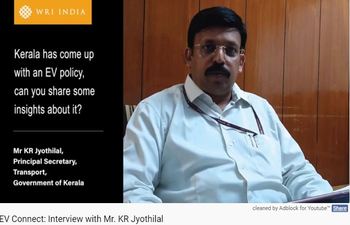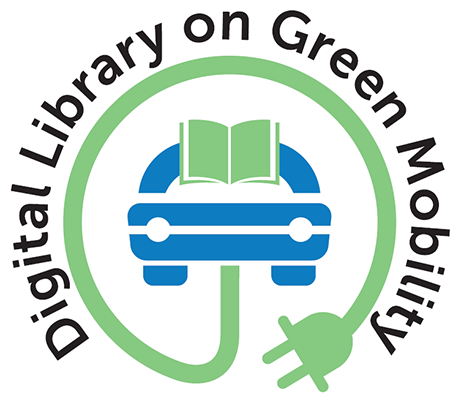Identification and Evaluation of Barriers in Implementation of Electric Mobility in India
Publication Year: 2022
Author(s): James AT, Kumar G, Pundhir A, Tiwari S, Sharma R, James J
Abstract:
There is a worldwide movement towards reducing greenhouse gas emissions using renewable energy resources. Transportation is the primary source of greenhouse gases, which are mostly contributed by fossil fuel-driven automobiles. The entire world is now focusing on reducing the dependency on fossil fuels and switching to using electric vehicles. This initiative would alleviate air pollution, reduce dependence on oil imports, and improve business opportunities for electric vehicle manufacturing industries. However, unlike developed countries, India's electric vehicle market is sluggish due to technological, social, and economic barriers. This paper identifies various barriers through literature and interaction with domain experts. Subsequently, a hybrid structural model, a combination of AHP (Analytic Hierarchy Process) and DEMATEL (Decision making trial and evaluation laboratory), is used to evaluate those barriers. The AHP method helped in assimilating the weights or importance of barriers. The DEMATEL approach established the interactive relationships among the barriers and categorized them into cause-and-effect groups. The findings would help policymakers and manufacturers to develop strategies to enhance the penetration of electric vehicles in the Indian market.
Source of Publication: Research in Transportation Business and Management
Vol/Issue: 43, 100757
DOI No.: 10.1016/j.rtbm.2021.100757
Country: India
Publisher/Organisation: Elsevier Ltd.
Rights: Elsevier Ltd.
URL:
https://www.sciencedirect.com/science/article/abs/pii/S2210539521001401
Theme: Vehicle Technology | Subtheme: Electric vehicles
Related Documents
Opinions/Videos

EV Connect: Interview with Mr. KR Jyothilal
Published Year: 2019
Abstract:
This interview was conducted by The World Resources Institute (WRI) with Mr. KR Jyothilal... Read More
Research Papers/Articles
Abstract:
Research Papers/Articles
Abstract:



